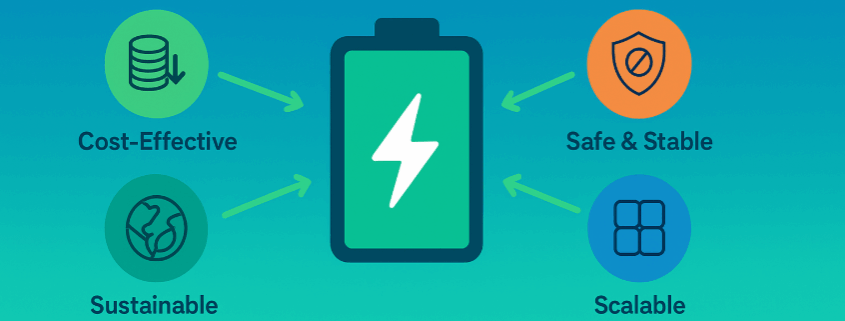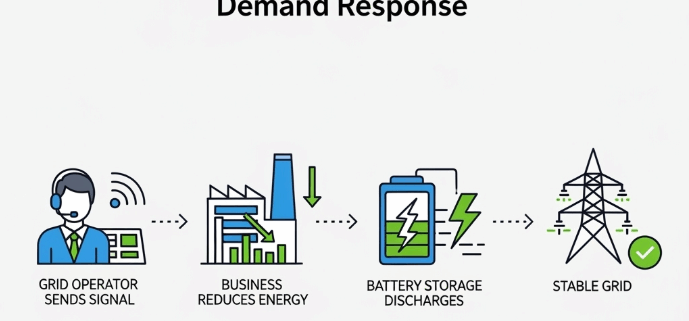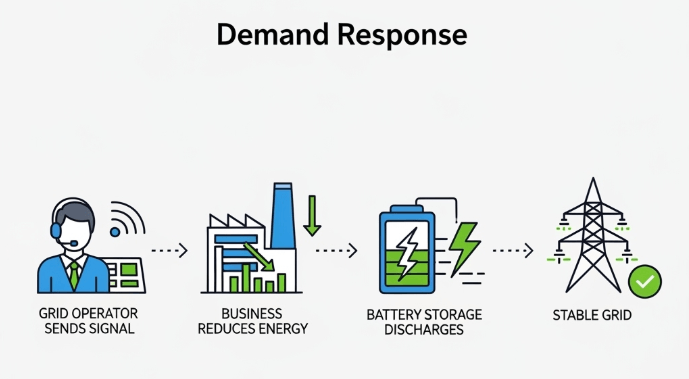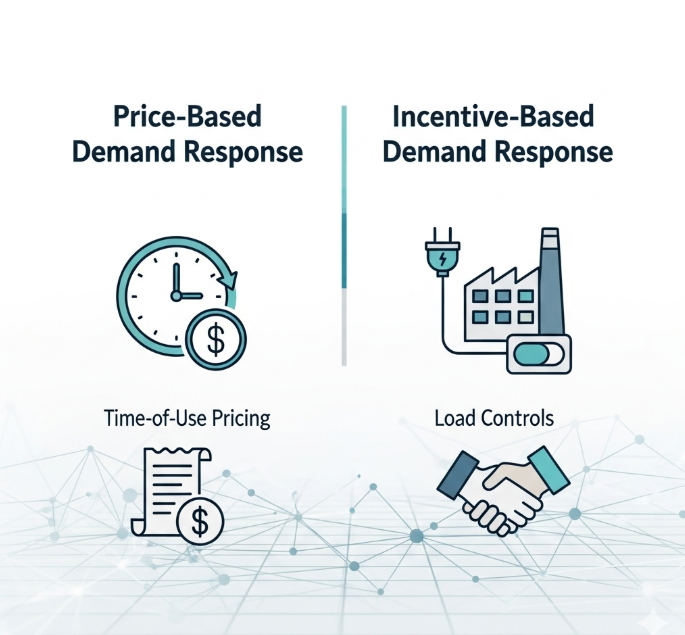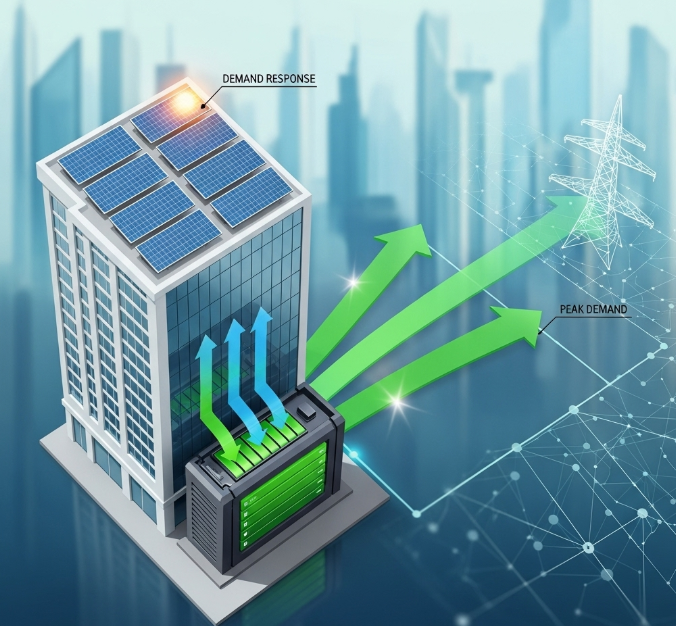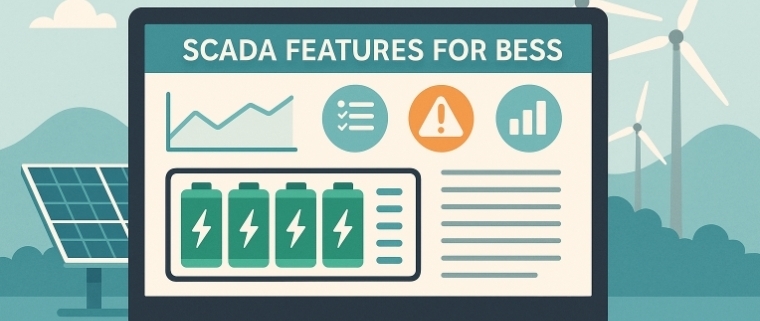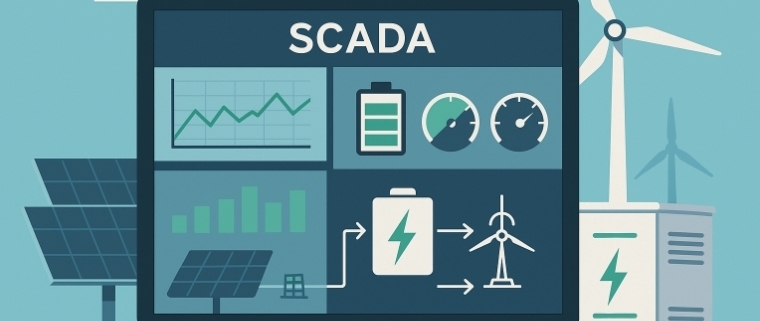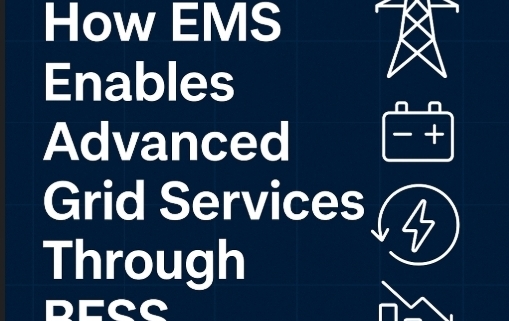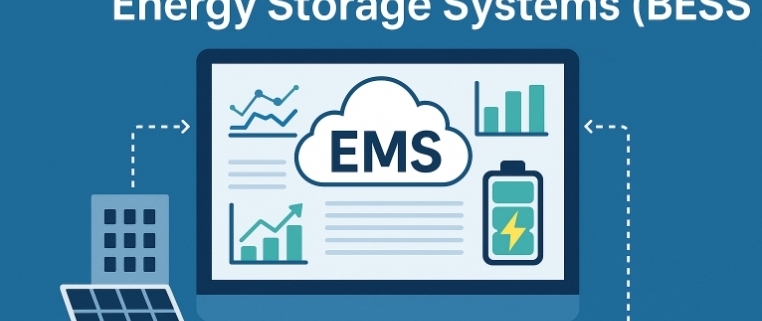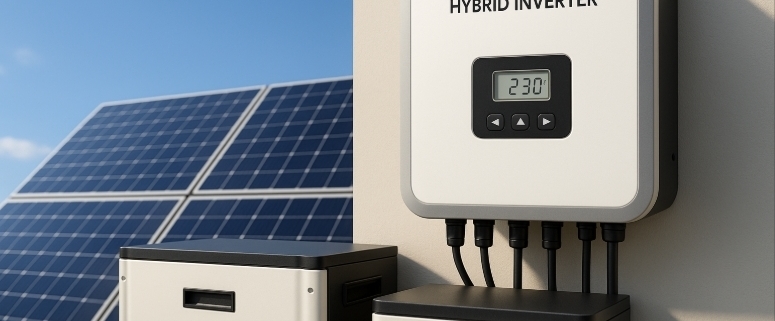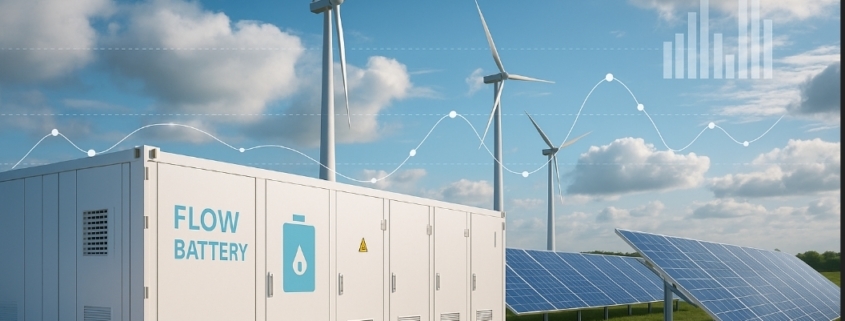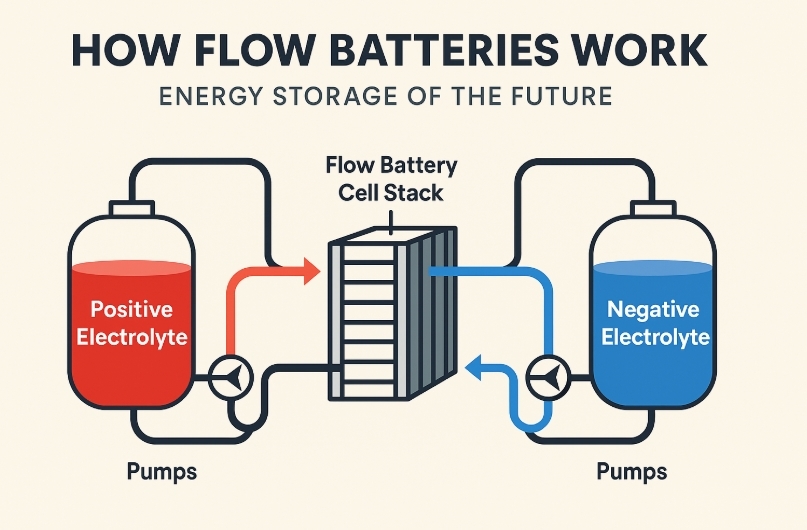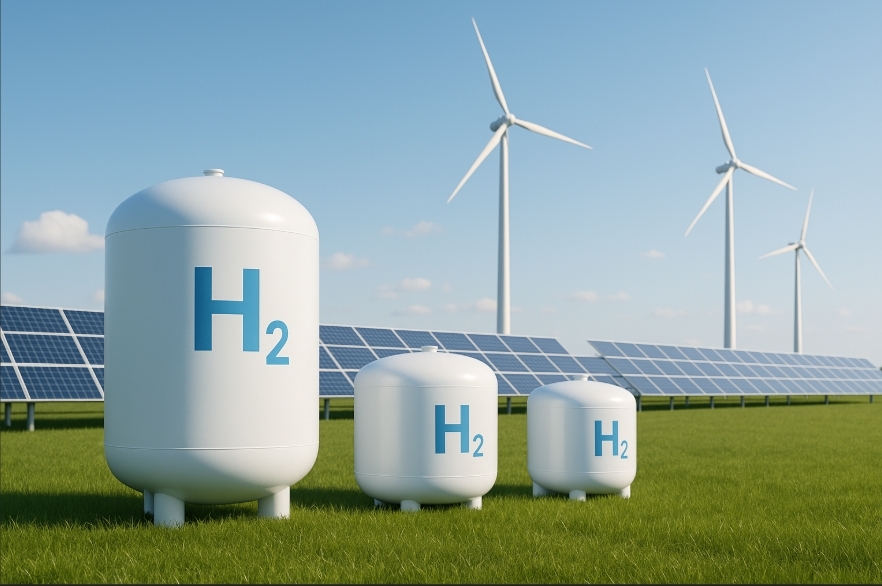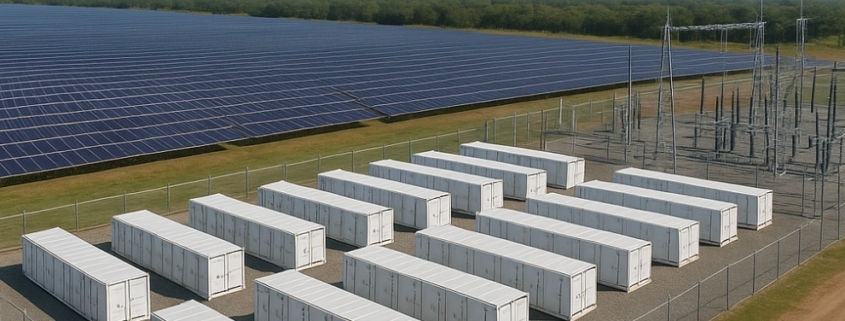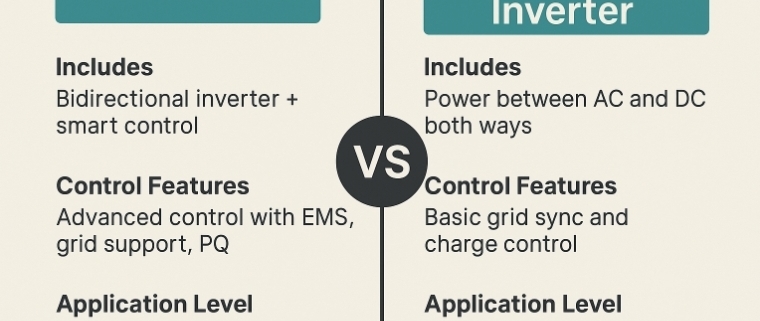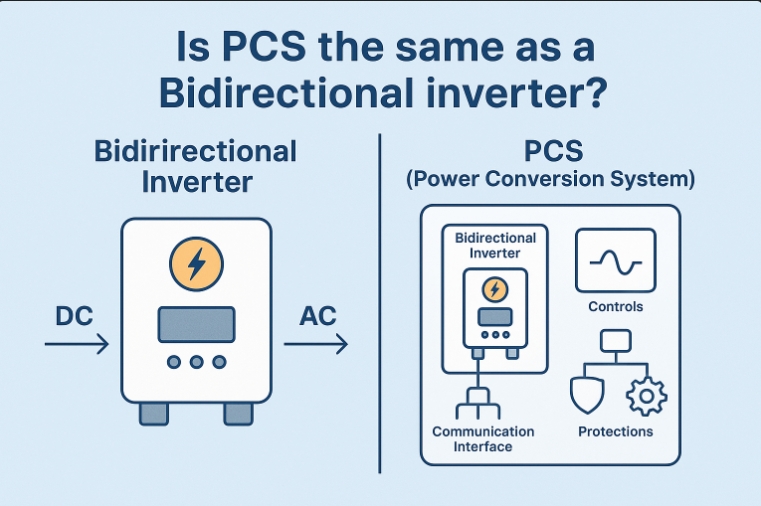Top 5 Advantages of Sodium-Ion Batteries for Energy Storage Systems
Top advantages of sodium-ion batteries: The demand for energy storage systems (ESS) is growing rapidly as businesses, homeowners, and utilities shift toward renewable energy. For years, lithium-ion batteries have dominated the industry. But as challenges like raw material costs, safety risks, and supply chain constraints emerge, a new player—sodium-ion batteries—is stepping into the spotlight.
Sodium-ion technology isn’t here to replace lithium-ion entirely. Instead, it offers unique advantages that make it especially promising for stationary storage applications such as residential ESS, commercial & industrial (C&I) systems, and grid-scale storage.
In this article, we’ll explore the top five advantages of sodium-ion batteries, and why they could be a game-changer for the future of energy storage.
1. Top advantages of sodium-ion batteries: Cost-Effective and Abundant Raw Materials
One of the biggest advantages of sodium-ion batteries is their reliance on sodium, a material that is far more abundant than lithium.
- Sodium sources: Widely available in seawater and common minerals.
- Cost factor: Sodium is cheaper to extract and process, reducing the overall cost of batteries.
- Supply chain benefit: Unlike lithium, which is concentrated in a few regions, sodium resources are globally distributed, lowering geopolitical risks.
👉 For businesses investing in large-scale BESS, sodium-ion batteries can help reduce long-term costs while ensuring a more stable supply chain.
2. Top advantages of sodium-ion batteries: Enhanced Safety and Thermal Stability
Safety is one of the top concerns in energy storage—especially after widely publicized incidents involving lithium-ion battery fires.
- Lithium-ion risks: Thermal runaway and fire hazards under extreme heat or damage.
- Sodium-ion advantage: Better thermal stability, meaning they are less likely to overheat or catch fire.
This makes sodium-ion batteries a strong candidate for:
- Residential storage systems, where safety is a priority for homeowners.
- Indoor commercial applications, where fire risk regulations are stricter.
Key takeaway: Sodium-ion batteries reduce safety risks, lowering compliance burdens and offering peace of mind to users.
3. Sustainability and Environmental Benefits
Sodium-ion batteries align well with global sustainability goals.
- Eco-friendly mining: Sodium extraction is less environmentally damaging compared to lithium mining, which consumes vast amounts of water.
- Lower carbon footprint: Widespread sodium availability means fewer long-distance supply chains, reducing emissions.
- Recyclability potential: Researchers are developing recycling pathways that will make sodium-ion even more sustainable over time.
As EU 2026 battery regulations push for greener, traceable supply chains, sodium-ion could give businesses a regulatory edge.
4. Top advantages of sodium-ion batteries: Competitive Performance for Stationary Storage
While lithium-ion still leads in energy density, sodium-ion is catching up and is already well-suited for stationary applications.
- Energy density: 90–160 Wh/kg (sufficient for residential and grid storage).
- Cycle life: 2,000–4,000 cycles, improving as R&D advances.
- Efficiency: Comparable round-trip efficiency (85–90%) to lithium-ion in ESS setups.
👉 For grid-scale and C&I BESS, where space and weight are less critical, sodium-ion batteries deliver reliable performance at a lower cost.
5. Scalability for Grid and Renewable Integration
One of the most exciting opportunities for sodium-ion batteries lies in grid-scale energy storage.
- Grid stability: Sodium-ion can store excess renewable energy and release it when demand peaks.
- Renewable integration: Ideal for solar farms and wind projects, where safety, cost, and sustainability are more important than compact size.
- Scalability: Manufacturers can adapt existing lithium-ion production lines to sodium-ion with minimal changes, speeding up commercialization.
As renewable adoption expands worldwide, sodium-ion could become the preferred technology for large-scale ESS projects.
Sodium-Ion vs. Lithium-Ion: Complementary Roles
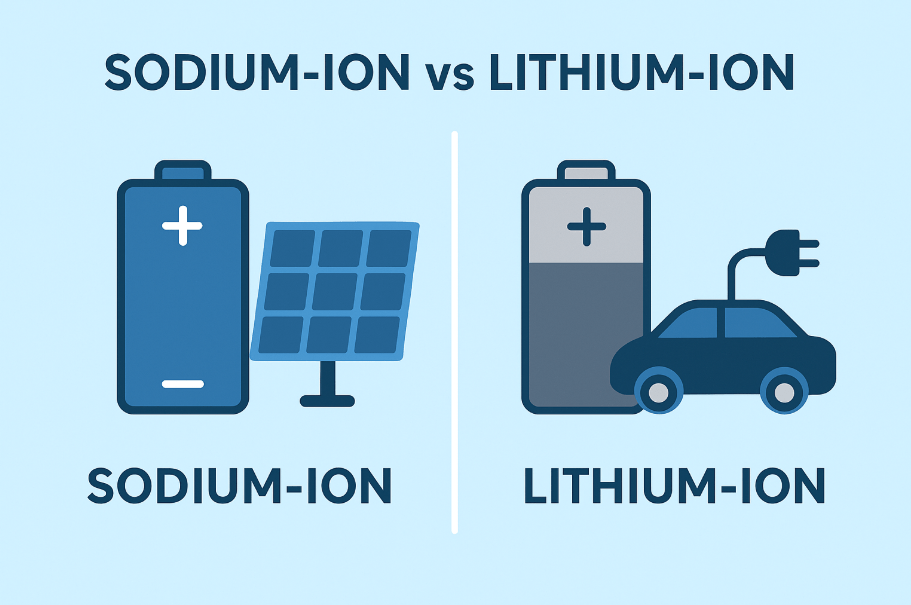
- Lithium-ion: Best for electric vehicles and portable electronics, where energy density is critical.
- Sodium-ion: Best for stationary energy storage systems, where cost, safety, and sustainability take priority.
For businesses and energy developers, this means the future of ESS is hybrid, leveraging the strengths of both technologies.
Conclusion: The Future of Sodium-Ion Batteries in Energy Storage
Sodium-ion batteries are emerging as a powerful complement to lithium-ion in the energy storage landscape. With cost advantages, improved safety, environmental benefits, and strong scalability, they are poised to play a major role in renewable energy integration and grid stability.
At SunLith Energy, we believe sodium-ion batteries will accelerate the transition to cleaner, more sustainable energy systems. By staying ahead of this innovation, businesses can future-proof their energy strategies and remain competitive in the evolving market.


